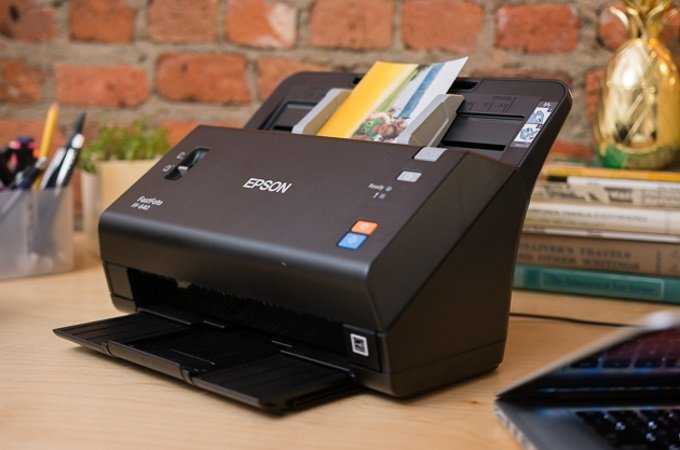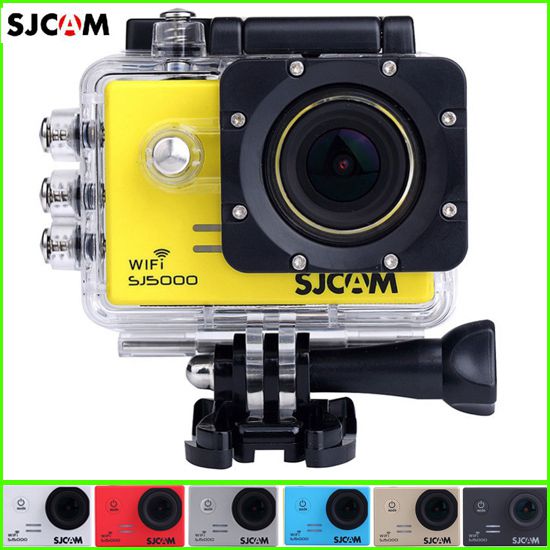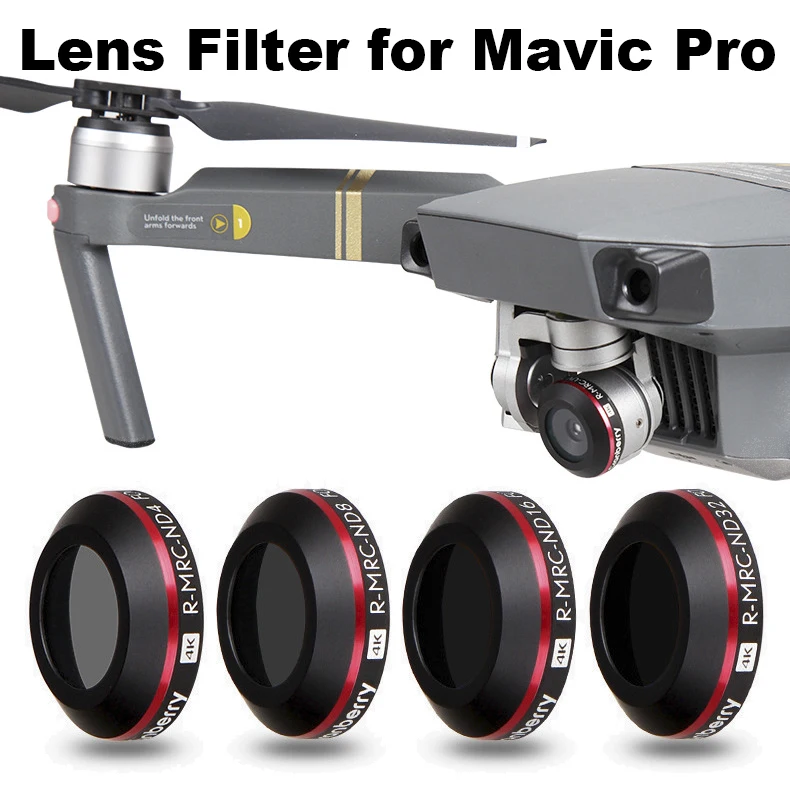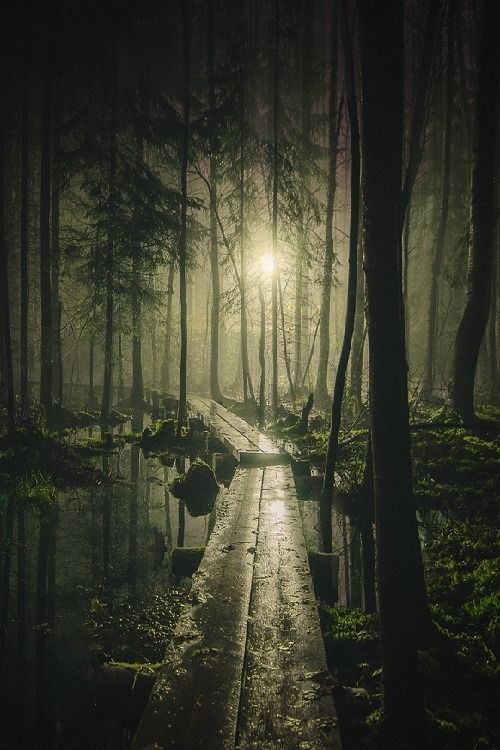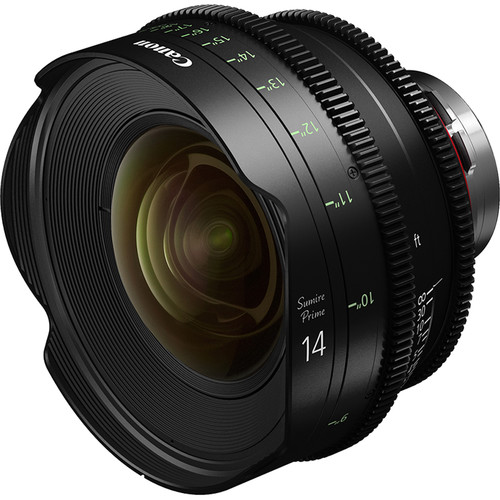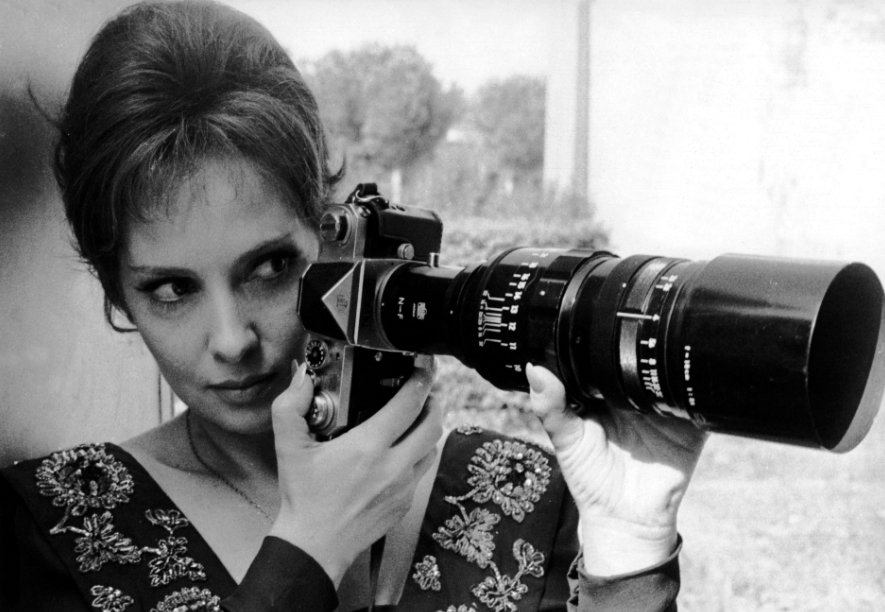Photographer business license
Licenses for Photographers: Start your business without getting sued!
Ready to be a photographer? Make sure to get your licenses!In most jurisdictions in the United States, no professional license is required to run or operate a photography business; however, this is not the case in ALL jurisdictions. For example, the City of Milwaukee requires a professional photographer's license to do many types of photography in the city.
To know for certain whether or not a license is necessary to operate your photography business, you need to make two phone calls. The first is to your state licensing board, and the second is to your local city hall. Making these two quick calls will remove all doubt.
But although you probably won't need a license, there are lots of things you'll need to do to set up your photography business legally. For that, I wrote a very in-depth post about setting up a photography business here.
Even if your state and local governments do not require a license to engage in the business of photography, there are still other licensing issues that photographers commonly forget. Be sure not to neglect these licensing pitfalls or your tiny new photography business could cause major legal problems for you.
Get a Sales Tax License
In every jurisdiction I can think of in the United States, photographers are required to pay sales tax if the state has a sales tax in effect (you're off the hook, Montana and Oregon). While photographers usually think of their work as a service, most states see it as a product whether you deliver physical photos or digital files.
In order to collect sales tax, most states require a sales tax license, more commonly referred to as a sales tax certificate. This is usually a simple 5-minute process. Google “get sales tax number” and the name of your state and you will easily find the information for any state.
The purpose of the sales tax number is merely so the state can see who should be paying sales tax.
I mentioned previously that sales tax is almost always required of photographers, but that is a very simplistic statement. If you travel to a wedding, charge the client for looking at the location before the shoot, do two consultations with the client before and after the shoot, order test prints that don't work before the final order of prints, buy prints that the customer never picks up, etc…. the sales tax questions suddenly pile up. You may not be required to collect sales tax on all money a client pays you for a shoot if you subdivide the bill to the client. For this type of difficult question, you need to seek out an accountant in your local area who knows the state sales tax laws.
If you travel to a wedding, charge the client for looking at the location before the shoot, do two consultations with the client before and after the shoot, order test prints that don't work before the final order of prints, buy prints that the customer never picks up, etc…. the sales tax questions suddenly pile up. You may not be required to collect sales tax on all money a client pays you for a shoot if you subdivide the bill to the client. For this type of difficult question, you need to seek out an accountant in your local area who knows the state sales tax laws.
In general, if you do not subdivide expenses, you are safe to just collect sales tax on the entire bill. States don't complain very often if you collect sales tax when you didn't need to. It is the inverse of that sentence that causes problems.
For more information about taxes for photographers, check out this article.
Get a Business License or Permit
Most local governments require small businesses to obtain a business license or permit. Local governments use the business permits to raise money, ensure businesses are operating in a properly zoned area, and to annoy photographers and other small business owners (What? It's the truth, right!?!?).
Local governments use the business permits to raise money, ensure businesses are operating in a properly zoned area, and to annoy photographers and other small business owners (What? It's the truth, right!?!?).
When I have obtained business licenses to operate my photography business in different cities, I did not have to pay anything and the license was usually issued in 2 or 3 days. Most local governments are smart enough to know that getting a new business in the city is a good thing.
Operating your business from your home may obviate the need for a business license depending on your local government regulations. Simply call your city and county and ask the clerk. This is a question they receive many times per day, so the answer is usually very quick.
For more state-by-state information on business permits for photographers, check out this article.
This article is part of a series of articles on this blog about starting, marketing, and running a photography business. Read part two here.
Read part two here.
The content of this article should not be deemed to be legal advice. While the author did attend law school and runs his own photography business, the content should be taken under advisement by the reader as a source of information, but not legal advice. Seek the counsel of a competent lawyer in your jurisdiction as well as a CPA before making any significant business decision such as determining licensing requirements.
Photography License - What is It and When do You Need One
By Natalia RobertA- A+
Download as PDF
Subscribe Below to Download the Article Immediately
You can also select your interests for free access to our premium training:
Business Basics
Cheat Sheets
Child Photography
Colorful Cityscapes
Composition
Creative Photography
Creative Portrait Concepts
Digital Photo Collages
Fairytale Portrait Photography
Food Photography
Interior Photography
Landscape Editing
Landscape Photography
Lightroom Processing
Lightroom Presets
Long Exposure
Macro Photography
Milky Way Photography
My Camera and Photography
Organic Marketing
Pets
Product Photography
Sky Photography
Social Media
Still Life
Time-Lapse Photography
Travel Photography
Urban Photography
Wildlife Photography
Your privacy is safe. I will never share your information.
I will never share your information. I’d love to just pick up my camera and take photos for clients. No fuss, no muss. The reality is a little different.
Once you start charging for your services, you need to consider the paperwork to be a legal photography business.
So what type of photography license, permits, or permissions do you need? Well, it varies by country, state, and city, so there isn’t one simple answer.
But here’s a look at the types of photography license and permit you may need. That way, you’ll have an idea of what to ask your local officials.
Professional Photography License
Most places in the United States don’t ask for this, except for a few select cities. If this is the case where you live, it would be at a city of state level.
Check with your local and state officials about whether this is the case for you. Try asking at your local city hall for more details or contacting your state licensing board for the necessary information.
You can also Google your town or city/state name. Add “photography license” to see if there’s a professional licensing board for your area.
Even if a photography license is not required where you live, consider a certification. Adding some sort of certification to your professional status is a good idea. Especially if you didn’t study photography in college.
Organizations like the Professional Photographers of America (PPA) offer certification programs. You’ll have to pass various tests and reviews before receiving official certification.
This is a credential you can show your clients. It adds a layer of professionalism to your business structure that will stand out in today’s market.
Business License
This lets your city know that you’re operating an official photography business. The city can verify that you’re operating within local regulations. You need a business license in any city in which you operate.
If you’re doing business as a photographer, this means that you could need several business licenses. If you live in one city but serve customers in different cities, for example.
If you live in one city but serve customers in different cities, for example.
The minimum you should have is a license for the city in which the business is based. This will most likely be your home or photo studio location. Beyond that, speak with the city officials at each city in which you conduct business.
Professional licenses for small businesses are free or involve a minimal annual fee.
You might also need a business license if you’re working with event venues. They might also ask for insurance documents to allow you to shoot on their premises.
Finally, your business license may be requested as part of loan applications. This will support the reliability of your business for income.
Sales Tax Permit
The sales tax permit is mandated by your state. If you live in a state that does not charge a sales tax at all, then you don’t need this permit!
Still, I recommend checking with your state government site. It’s a good idea to confirm that you don’t need a sales tax permit for your specific business.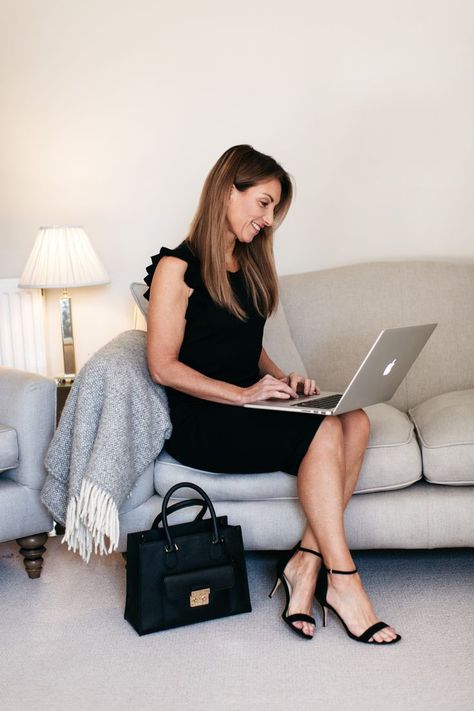 Also, you may end up owing sales tax to other states if you sell to clients throughout the country.
Also, you may end up owing sales tax to other states if you sell to clients throughout the country.
Even if you live in a state that charges sales tax, your business may still be exempt. Tax laws are always changing. But most states charge sales tax on tangible products only.
This means that if you sell a service or a digital product that is not given in physical form at all (like a USB drive, for example), then you most likely do not owe sales tax.
Again, it’s a good idea to check your state’s site to verify if you need a sales tax permit for your business or not.
Business Insurance
This isn’t a license or permit of any kind. But you should think about it when you’re getting your business’ paperwork in order.
If you photograph events, you’ll need liability insurance. This will allow you to shoot at most event venues. For other types of photography you don’t need to have insurance. But it’s still a great idea.
Insurance will protect you from loss or damage of gear.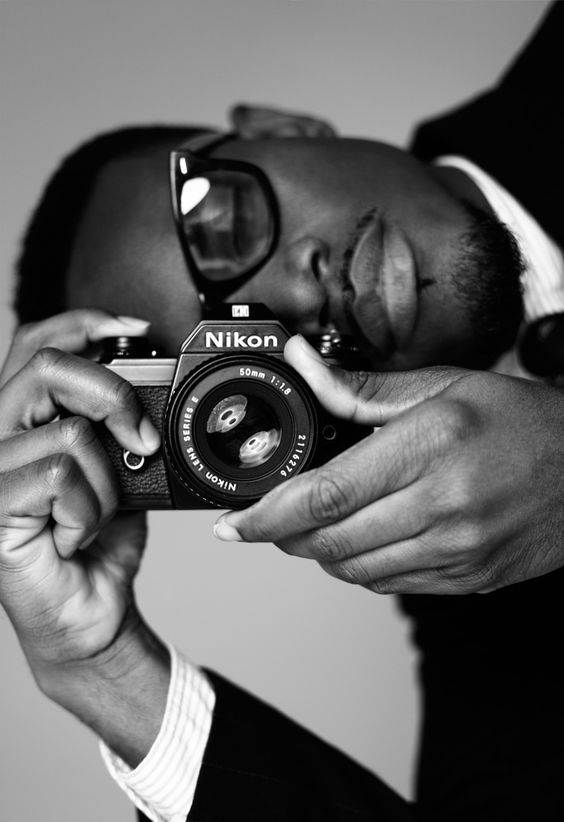 And it will cover you in case of any damage or injury while on location.
And it will cover you in case of any damage or injury while on location.
When shopping for photography insurance, be sure to compare rates from several companies. And ask about the options for coverage.
Keep in mind, also, that you’ll most likely begin with basic coverage. You’ll build to more comprehensive insurance needs as your business grows.
If you want to learn more about photography insurance, check out our article here.
Conclusion
Starting a new photography business can feel overwhelming. But it doesn’t have to be.
Get familiar with the local resources that are available to small businesses. Make sure to do this before charging clients for your services.
Reaching out to your city and state officials will help ensure that you set up all the paperwork required for your business. And it will give you the peace of mind that you can focus completely on building your business and serving your clients.
Next, check out our articles on photography insurance or freelance photography and watch your new photography business grow!
How to become a professional photographer and make money on photos? — SKB Kontur
February 25, 2013
Each area of business is influenced by its own branch of legislation. When opening a business, one cannot predict in advance what officials will come up with in six months. Perhaps some new initiative of the authorities will bring mountains of profit, or perhaps ruin a very good cause.
When opening a business, one cannot predict in advance what officials will come up with in six months. Perhaps some new initiative of the authorities will bring mountains of profit, or perhaps ruin a very good cause.
Yulia Savina
About why you can't go with the flow and what will happen if you succumb to the euphoria of queues of clients, Kontur.ru was told by a former professional photographer Alexandra Malininskaya.
Find a gold mine
In the mid-1990s, I worked as an accountant. The work is rather tedious, the responsibility is big, and the money that I received for my work did not suit me at all. I decided to complete professional photography courses because it was interesting for me, I bought good equipment and decided that I would shoot people. I liked taking portraits then, and of course I didn’t imagine that portraits would turn into passport photos. But life decreed otherwise.
In 1998, a massive exchange of Soviet passports of the 1974 model for new, Russian ones began in Russia. By the way, at the same time, passports began to be received from the age of 14, and not from 16, as was the case in the Soviet Union. This was a goldmine for me, because the flow of people who needed photos was just incredibly huge.
By the way, at the same time, passports began to be received from the age of 14, and not from 16, as was the case in the Soviet Union. This was a goldmine for me, because the flow of people who needed photos was just incredibly huge.
In those years, almost every department of internal affairs began to have its own photographers who rented a room next to the passport office and created an office for photographs. It was also beneficial to do this at housing offices, where people submitted documents for a passport. My most frequent orders were a set of four photos for a Russian citizen's passport and a set of four photos for a foreign passport. My good, professional camera was worn out. Portraits for the soul faded into the background, because the business started. Considering that at that time there were no digital printing kiosks at every step, my business brought a good income.
Expanding the range of services leads to more profits
At that time, people began to travel abroad. Previously, international passports were not common, they were not issued by everyone. In the late 1990s, it became fashionable to fly on vacation to Egypt, to Turkey. There were huge queues at the Visa and Registration Department (OVIR), because there were only four of them per district. I was very lucky because my kiosk was next to OVIR. People who submitted documents for passports, especially foreign ones, often needed to finish something, redo it, and, of course, it was most convenient to do it nearby. Therefore, in addition to professional photography, I decided to make photocopies and print questionnaires for a foreign passport. There were more than enough customers: queues at the passport offices provided the same queues at my kiosk. Of course, for urgent photos, the fee was much more expensive. Many did not know how to fill out the questionnaire, especially since the form changed often, people were afraid that after they stood in line, they would be turned away for incorrectly completed questionnaires, so they were ready to pay money for a correctly completed questionnaire.
Previously, international passports were not common, they were not issued by everyone. In the late 1990s, it became fashionable to fly on vacation to Egypt, to Turkey. There were huge queues at the Visa and Registration Department (OVIR), because there were only four of them per district. I was very lucky because my kiosk was next to OVIR. People who submitted documents for passports, especially foreign ones, often needed to finish something, redo it, and, of course, it was most convenient to do it nearby. Therefore, in addition to professional photography, I decided to make photocopies and print questionnaires for a foreign passport. There were more than enough customers: queues at the passport offices provided the same queues at my kiosk. Of course, for urgent photos, the fee was much more expensive. Many did not know how to fill out the questionnaire, especially since the form changed often, people were afraid that after they stood in line, they would be turned away for incorrectly completed questionnaires, so they were ready to pay money for a correctly completed questionnaire. By this time, I had already learned all the forms by heart.
By this time, I had already learned all the forms by heart.
Out of the blue
In 2003, when the general exchange of passports ended, the flow of customers dropped sharply. At this time, kiosks with digital printing, urgent and instant photos began to open. These kiosks were at one time popular near metro stations. In the same year, the rules for accepting documents for a passport also changed. The papers were carried to the passport office of the DEZs, respectively, people came to the police department only to receive a passport, and they no longer needed photographs. In addition, OVIRs have been disbanded since 2004, and a foreign passport department has appeared at each passport office. I have no clients, and no clients - no money. There was nothing to pay the rent, and I decided to stop doing professional photography.
Surrender without a fight
I felt that the competition had become too much. Renting a room at the DEZ, oddly enough, was even more difficult than at the Department of Internal Affairs. And in the area suitable for me, everything was already taken. The equipment had to be updated, because compared to competitors, I already had everything of the previous generation. Since it was only me and my professional camera on the staff, it no longer made sense to work in this direction.
And in the area suitable for me, everything was already taken. The equipment had to be updated, because compared to competitors, I already had everything of the previous generation. Since it was only me and my professional camera on the staff, it no longer made sense to work in this direction.
Now I understand my mistakes. It was impossible to expect that the number of customers would always stay at the same level. It was necessary to immediately invest in the development of the business: update equipment, look for opportunities for expansion, diversify the business. It was necessary to immediately create a customer base, which could then be used in another type of business. But when money comes every day, it seems that it will always be like this. Those times did not imply any meaningful business strategy, so I just went with the flow and was glad that everything somehow turns out by itself. This became my main mistake.
Free new businesses
Consultations on business and life hacks on saving
Read more →
Julia Savina
Free new businesses
Consultations on opening business and life hacks for saving
more →
My pricing formula in real estate.
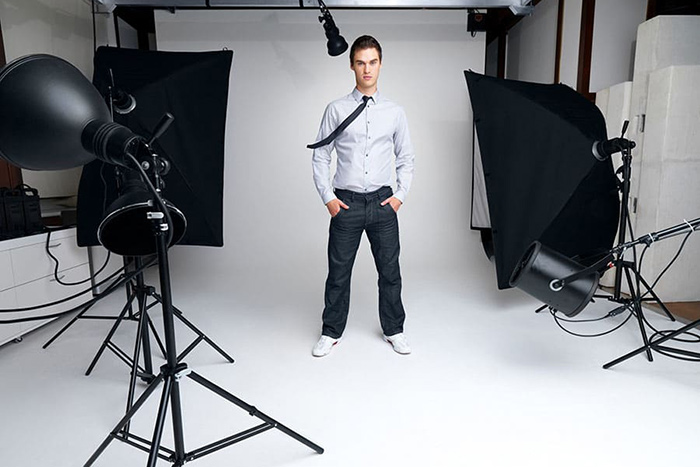
As an Amazon partner, we earn on qualifying purchases.
Getting the price right allows real estate photographers to focus on running their real estate photography business efficiently and making a profit. However, there are different ways and factors to consider when real estate photographers decide how to charge for their work. Let's discuss how real estate photographers calculate bids, create photo packages and avoid common property photography pricing mistakes. .
Quick Navigation
- Property Photography Pricing Template
- Property Photography Price List Breakdown
- Interior and Exterior Photography
- Aerial Photography
- Real Estate Photography and Portraits
- 0062 3D products
- Factors that should be taken into account when determining the price of real estate photography
- Average board
- Experience
- Type
- LOOKS ELECTION EXPLUNITY
- Software for editing, storing and managing clients
- Transportation
- Turnover
- Usage rights
- economic activity
- Real estate photography pricing formula example
- Final reminders when creating price lists
- Frequently asked questions
- What can I do to increase my real estate photography income?
- Should I sell prints or digital images?
- When should real estate photographers raise prices?
- Conclusion
Real Estate Photography Pricing Template
While there are many factors, such as the experience of the photographer and the location of the property, that can affect the cost of real estate photography, the following pricing template will help you understand industry averages.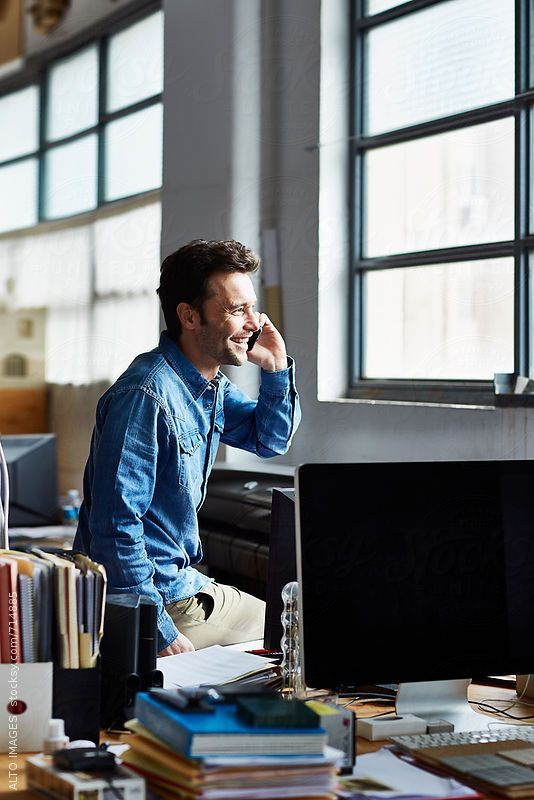
Professional real estate photography prices depend on the product or service of the real estate photographer. He is an offer. While for real estate work it can cost a few hundred dollars for professional photography alone, then thousands of dollars for high end or premium add-ons.
He is an offer. While for real estate work it can cost a few hundred dollars for professional photography alone, then thousands of dollars for high end or premium add-ons.
One of the best parts of running your own real estate photography business is being able to have more control over how much you earn and how you spend it. Since there are different niches, take a look at these sample rates, which you can change to suit your work requirements.
Interior and exterior photography
Whether it's a small residential home or a large commercial real estate building, a basic photo session can start at $100 and go up to $15,000 or more for complex one-day shoots for some real estate photographers.
Another option for the professional photographer is to set a base rate per square meter. For example, real estate photographers may charge $80 for 500 square feet, which is also covered by Post Processing. Therefore, a house of 2,000 square feet will bring you $400, then professional photographer may increase the price depending on the style, extras, time and place.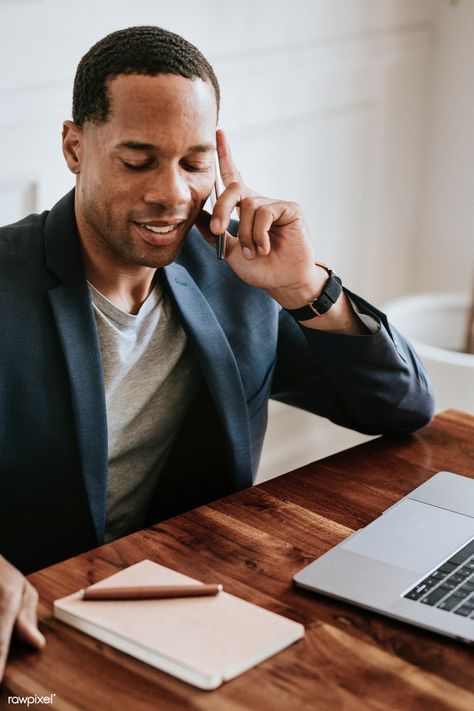
Aerial photography
Aerial photography prices may vary by equipment and location. Some places require a permit to fly a drone, so consider this an additional fee. In addition, professional pilots are usually licensed, which means that their talent rewards will be higher than amateur operators.
In general, real estate photographers can charge $150 to $350 an hour. Some real estate photographers are even offering up to $5,000 for long-term aerial photography using high-resolution drones.
Photos and portraits for real estate agents
Some clients have asked if a real estate photographer can also take portraits for their real estate agents or team members. While this is a different area of specialization, offering a head-to-head photo shoot allows real estate agents to make the easy decision to hire you for all their needs rather than going to someone else. real estate photographer.
Professional portrait photography can allow real estate photographers to earn between $100 and $1,200 an hour. Rates may increase depending on the basic inclusions of the package, such as the number of photos edited, real estate agents, time, location, storage, shipping, and usage rights.
Rates may increase depending on the basic inclusions of the package, such as the number of photos edited, real estate agents, time, location, storage, shipping, and usage rights.
3D products
Offering 3D, staged and virtual tours is a great way for real estate photographers to get high paying clients as these premium products become more and more popular. However, the price usually depends on the 3D camera and real estate software. photographer would use.
For example, a real estate photographer might offer a monthly subscription fee of $50 per month for Matterport. In the meantime, real estate photographers can try charging a $300 flat rate for properties up to 10,000 square feet if they use iGUIDE.
Having a consistent and well-planned price list is what separates a professional real estate photographer from an amateur. As with other photography niches, it is important that real estate photographers consider fixed and overhead costs when determining how to charge clients for your real estate photography business.
Average fee
Average fee covers the expected number of sessions a real estate photographer will have per year.
For example, if you charge $150 for a photo shoot and you only have 90 sessions per year, that means you will only earn $13,500 per year. Also, real estate photographers don't really bring every penny home because such a job is costly.
As you can see, just using the same average price for all sessions per year is not ideal; real estate photographers should calculate it according to other factors, which we will see next.
Experience
As with a company, your industry time and experience can affect your income. The same goes for real estate photographers. A novice photographer with a year of experience will earn less than a top-rated photographer despite doing the same job.
While properties can have flaws as well as beautiful aspects, an experienced and trained real estate photographer can highlight the most desirable parts of a property. Clients pay for this skill, and not just for your ability to use the camera.
Clients pay for this skill, and not just for your ability to use the camera.
Your experience as a real estate photographer will demonstrate your expertise in real estate photography, styling and post-production. This is why a real estate photographer who knows how to edit real estate photos with virtual staging can earn more than someone who can only do basic retouching.
Type
Since the real estate photographers market covers a wide range of properties, the type of property that a real estate photographer will photograph can also affect how you price your property photography. Think of it this way: shooting a tiny house can take significantly less time than a multi-story commercial building.
When dealing with large properties, a real estate photographer may consider providing a complete photography package that covers interiors, exteriors and even some types of real estate. headshots for agents.
For example, a two-day shoot of a mid-rise apartment might cost $3,000, while a one-day shoot of a one-story office building would only cost about $1,000. The difference depends on the number of floors, amenities and the cost of the building. That's why it's important for a real estate photographer to determine the type of property first.
The difference depends on the number of floors, amenities and the cost of the building. That's why it's important for a real estate photographer to determine the type of property first.
- Residence l: Homes, housing estates, communities
- Commercial : Shopping centers, malls, hotels, building complexes
- Large tracts of land : Farms, ranches, large estates
Number of images
Like any other shoot, maintain consistency, the more property photos clients want, the more time you need to shoot and edit, making it reasonable to negotiate a higher asking price..
For example, a real estate photographer can charge a flat rate of $150 for 12 real estate photos within 48 hours of the photo shoot.
However, be careful as some customers may find the price per image slightly higher. Although this is the best option for real estate photographers who usually accept urgent work.
Shooting gear
While all professional photography niches require basic shooting equipment, listing photography will also require a real estate photographer who invests in some sort of specialized equipment.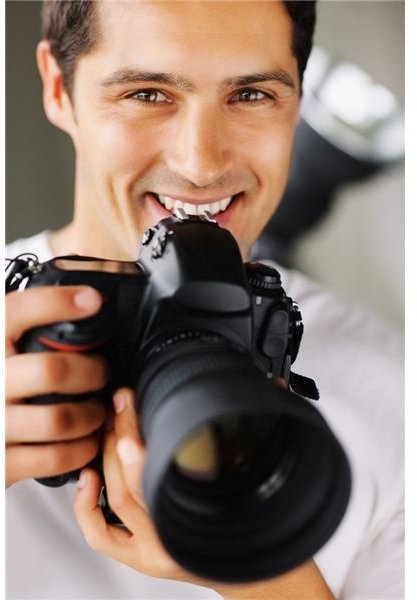 These are the basic tools that a real estate photographer needs to offer real estate photography services.
These are the basic tools that a real estate photographer needs to offer real estate photography services.
- Main camera body and spare
- Wide angle, prime, zoom and tilt/shift lenses
- Memory cards
- Speedlight
- Stroboscope, umbrella and softboxes
- Reflectors and diffusers
- Stand
- Batteries for camera and flash
- Chargers and cords
- Computer or laptop for editing
The use of these gadgets inevitably comes with a certain wear and tear risk, so the real estate photographer should set aside a budget for insurance or repairs. In addition, the real estate photographer and take into account the overhead associated with the possibility of purchasing new camera bodies, lenses with different focal lengths or spare batteries.
Suppose a real estate photographer spends $3,500 a year on maintenance or equipment upgrades. If you have 400 sessions a year, that means you need to get $8. 75 per shoot for your gear budget.} Some real estate photographers may not notice this right away, but your gear will make a big difference in value.
75 per shoot for your gear budget.} Some real estate photographers may not notice this right away, but your gear will make a big difference in value.
Client Editing, Storage and Management Software
Not all clients know or understand the need to invest in robust client editing and management software for real estate photographers. As a real estate photographer, you know how important it is to have updated and licensed editing software if you want to use all the tools and features available.
It is common for editing software such as Adobe Photoshop, Adobe Lightroom to have a monthly subscription fee. Storage services like Dropbox or Google Drive also charge for storage expansion.
It's also much better to invest in client management programs than to spend time writing everything down on paper. Especially when the real estate photographer and team members, using online applications, allow the real estate photographer to communicate with his team at any time.
Transport
Business mileage is also one of the most important parameters to consider when pricing. Think about how long it will take you to travel. For example, ask for an extra $200 round trip if you travel 100 miles from your home to the photo shoot location.
If you own a car, you also need to consider gas, maintenance and depreciation. Let's say all this costs up to $4,000 per year and you get 250 sessions per year, then that's equivalent to an additional $16 per photo shoot.
On the other hand, you can waive the fare if the shoot is within your service area.
Turnover
Turnover of end products can also affect your prices for professional real estate photography. as it depends on the complexity of the shoot as well as the delivery method.
Let's say your typical editing and digital delivery times are around 3-5 business days. For clients who need prints, the real estate photographer can extend the turnaround time. up to 7 business days.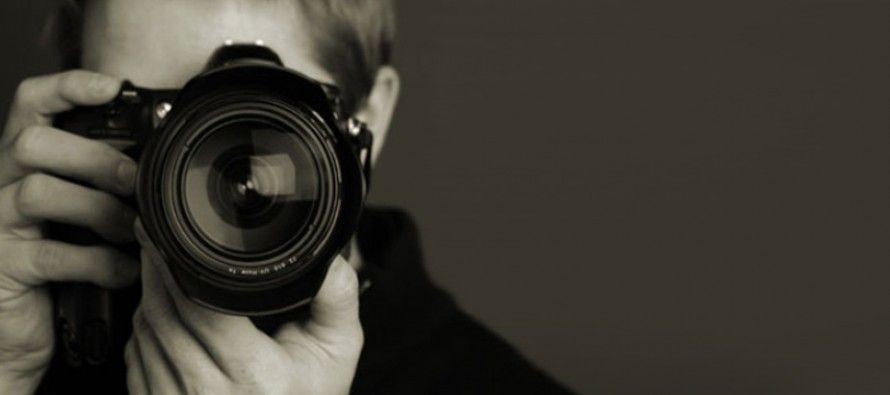
With that said, a real estate photographer can charge a rush fee if real estate agents want their property photographs to arrive earlier than the standard schedule.
Usage rights
As a real estate photographer, you automatically own the rights to the images you take, which gives you the right to reproduce, distribute or display them as you see fit. However, the client may want to get exclusive rights to the images and this is where a real estate photographer can make huge amounts of money.
One way of pricing is to offer usage rates based on the type of listing. For example, a real estate photographer sells the rights for $2,000 per photo, which also includes permission to use it for their web marketing plans for up to 6 months.
Another option is to sell the rights to each photo, which is better if clients only need a few images. With this type of pricing, the real estate photographer needs to calculate the cost of a real estate photo for a file.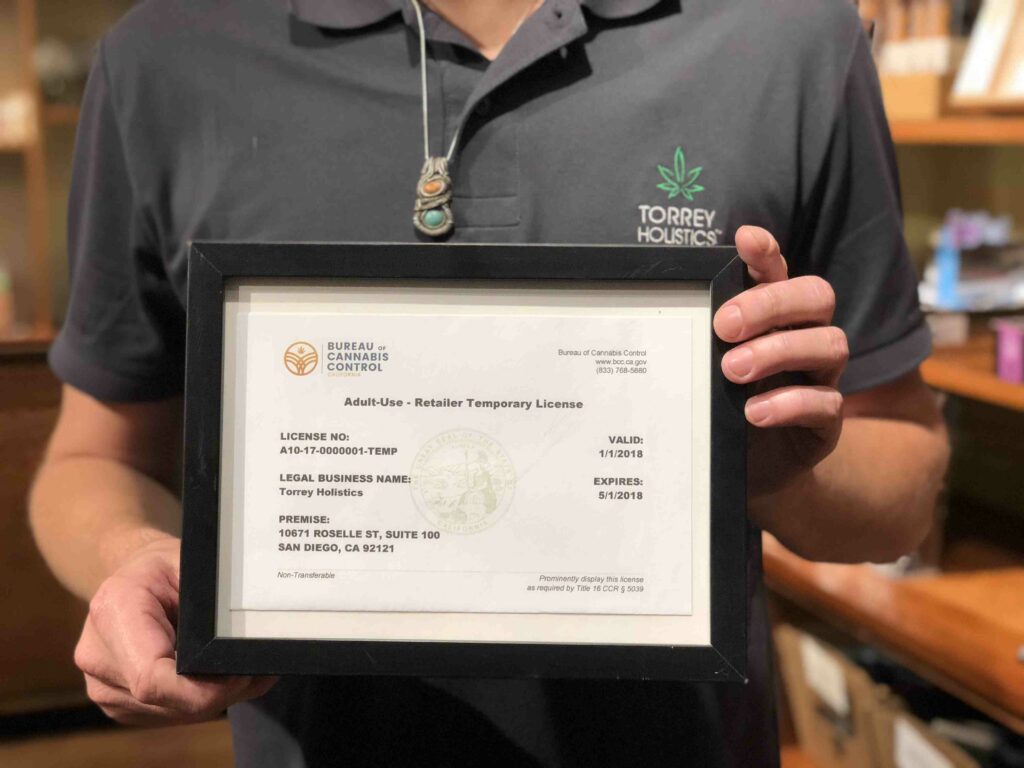 For example, if the work and materials cost $300, real estate photographers can multiply that amount by a markup factor of 2.50 to end up with $750 per photo.
For example, if the work and materials cost $300, real estate photographers can multiply that amount by a markup factor of 2.50 to end up with $750 per photo.
business activities
Managing professional real estate photography is not just about real estate photography; Real estate photographers also need to think like business owners in order to handle the non-creative aspects and keep their jobs thriving. This includes planning, arranging, coordinating and overseeing all the necessary resources for real estate photographers to do the base shoot and deliver the products.
Business operations also cover the financial, marketing and legal aspects of running a real estate photography business per year. All of this would require time, money and resources, which is why real estate photographers must consider the cost of doing business when developing prices for real estate photography.
The simplest formula for real estate photographers to price real estate photography is to add the cost of the photo shoot, while also taking into account the possible costs you may incur.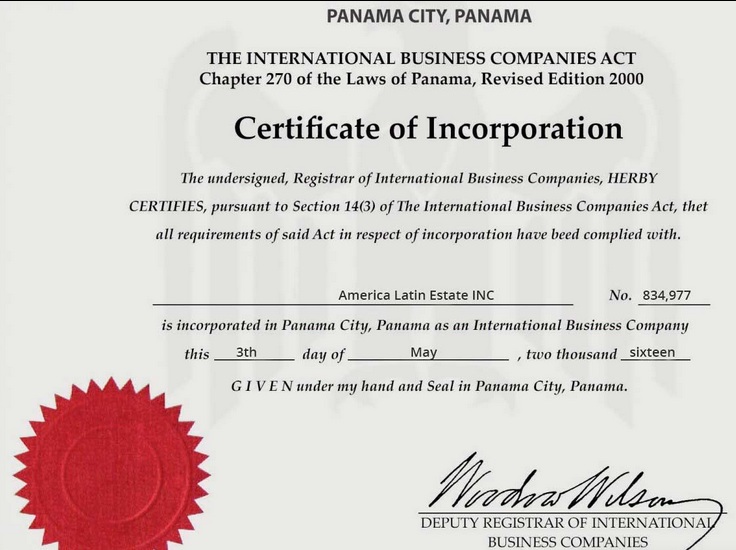
Take a look at this example scenario: A company calls you and asks how much it would cost a real estate photographer to shoot 15 real estate photographs of a 2,500 square foot home.
- Hourly rate = $30
- Specialized equipment as iGUIDE camera for 3D floor plan = $279
- 30 minutes round trip private car = $17
- Standard 1 hour photo editing = $200
- Online gallery and cloud storage = $45
- Use Rights = $350
TOTAL: $921
Although the basic calculation may look like this, real estate photographers may add additional factors or products. Real estate photographers can either use the number 9$21 as an exact rate for this kind of shoot, or change it to a $920 or $915 package.
Final Reminders for Creating Price Lists
Even with formulas, templates, or pricing guidelines for real estate photography prices, it can feel like you're drowning in numbers and a lot of technical details.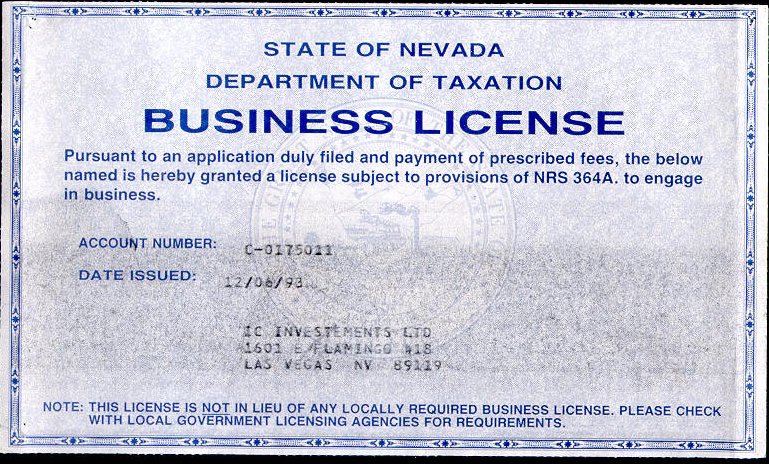 Keep these key points in mind when it comes time to work out your property photography pricing.
Keep these key points in mind when it comes time to work out your property photography pricing.
- Add Profit Margin : Net income refers to how your business makes money by dividing revenue by revenue. First subtract expenses from revenue to determine net income, then divide net income by revenue to determine net sales. Multiply this by 100 to find out the profit percentage.
- Calculate Your Income Tax : Income tax varies by country, so be sure to check income tax fees based on your location. Single people will pay higher fees, while married people will have lower tax rates.
- Don't forget your bills : Ignoring accounts payable is one of the most common mistakes photographers make. Calculate how much you need to save for utilities, rent, and salaries for other photographers, assistants, or third-party creatives.
- Get insurance : Real estate photographers can start with professional liability insurance to cover risks during a photo shoot.
 However, it would be better if you could also insure your civil liability to cover personal injury and equipment damage.
However, it would be better if you could also insure your civil liability to cover personal injury and equipment damage. - Remember your value : Being a real estate photographer entails having skills, knowledge and experience that other people don't have. Even if you were to arrange a photo shoot for the whole day, remember that most clients pay for years of experience. Don't underestimate your price so you don't suffer from low prices just to attract customers.
- Avoid comparing yourself to others : While it's okay to check other real estate photographers' prices, make sure you don't use it as your base rate, especially if you offer different products. The best way to make a real estate photography price list is to consider your own strategy as a professional real estate photographer, rather than base your prices on someone else's real estate photography price.
- Have a signed contract : A contract is a written agreement that specifies how much a professional photographer typically costs.
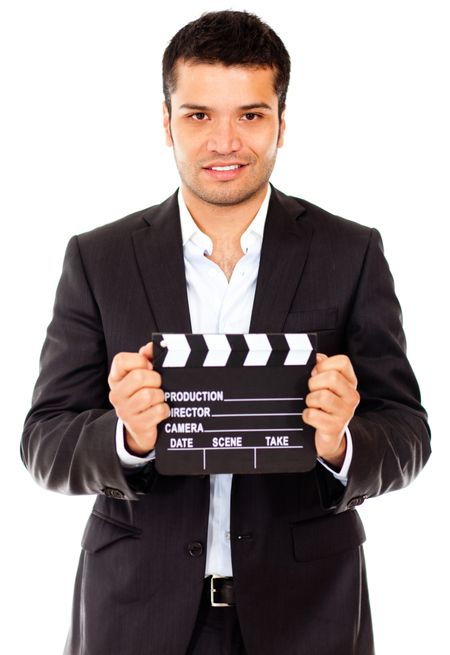 and the services real estate photographers must provide to your employer, protecting the client if you don't do the job. Likewise, the contract protects you as a photographer by ensuring that real estate photographers are paid according to the scope of the project.
and the services real estate photographers must provide to your employer, protecting the client if you don't do the job. Likewise, the contract protects you as a photographer by ensuring that real estate photographers are paid according to the scope of the project.
Frequently Asked Questions
What can I do to increase my real estate photography income?
While the residential and commercial real estate market is a year-round industry, real estate photographers may experience downtime due to competition or local market season. In such situations, real estate photographers can do things like monetize a blog, teach photography classes, or sell stock photos.
Should I sell prints or digital images?
Some property managers and agents have offices where they would like to display in large print the property they are selling. While selling prints is a great way for real estate photographers to diversify their products and earn more, digital photos can get you more sales as most advertisers prefer digital goods.
